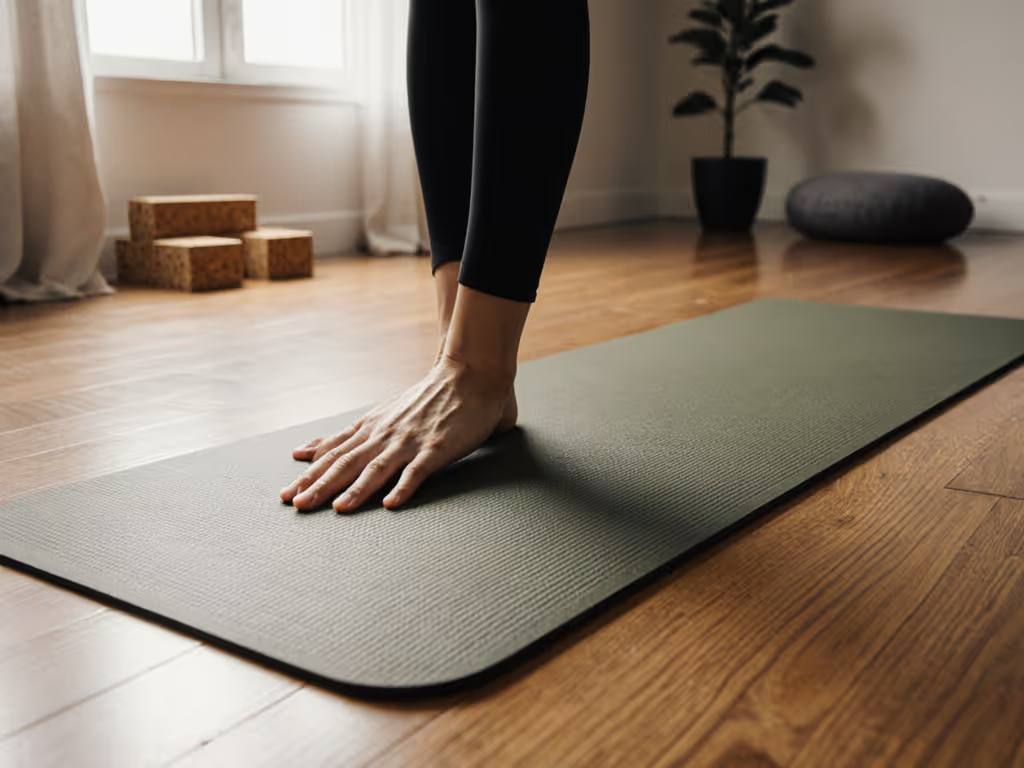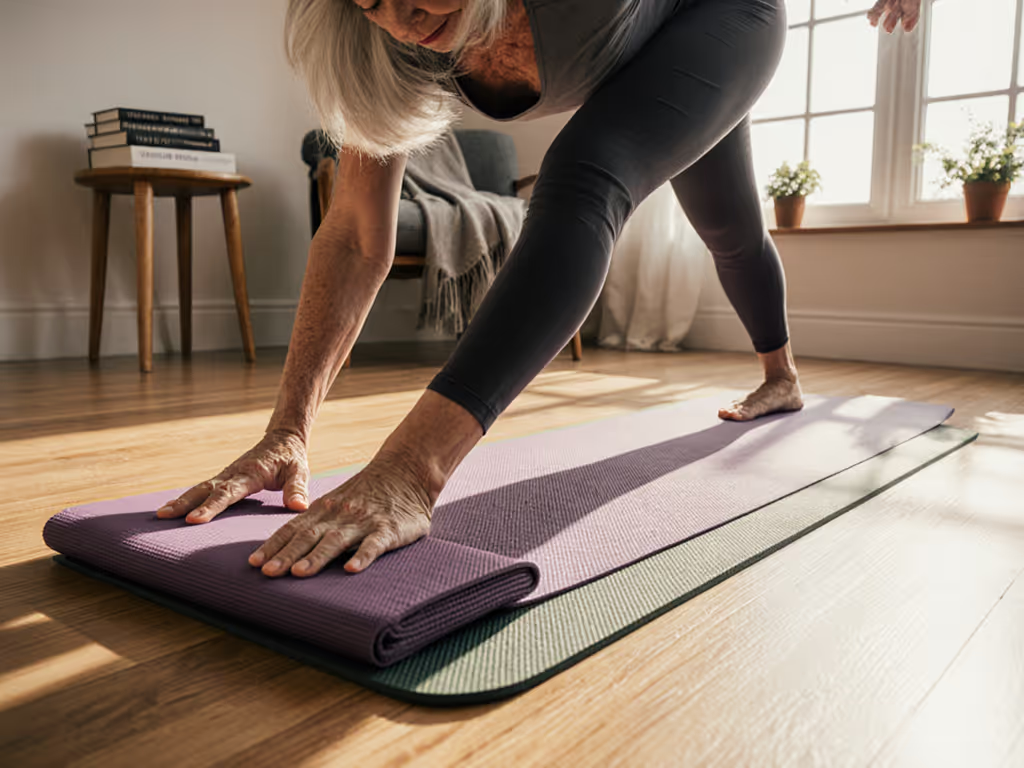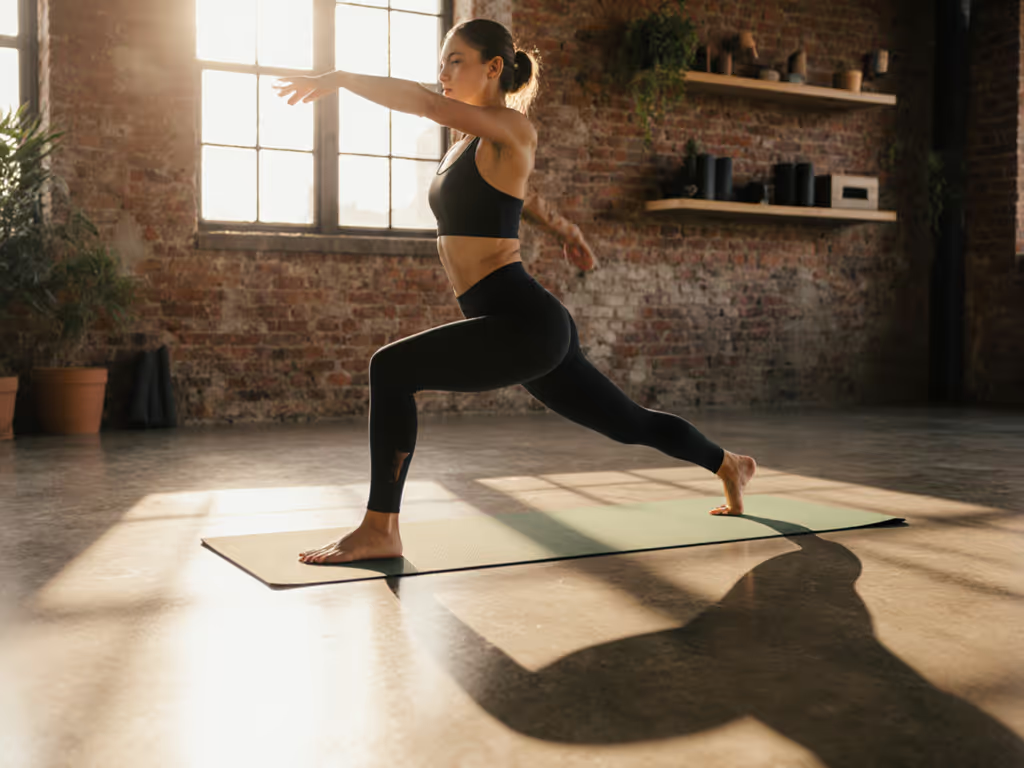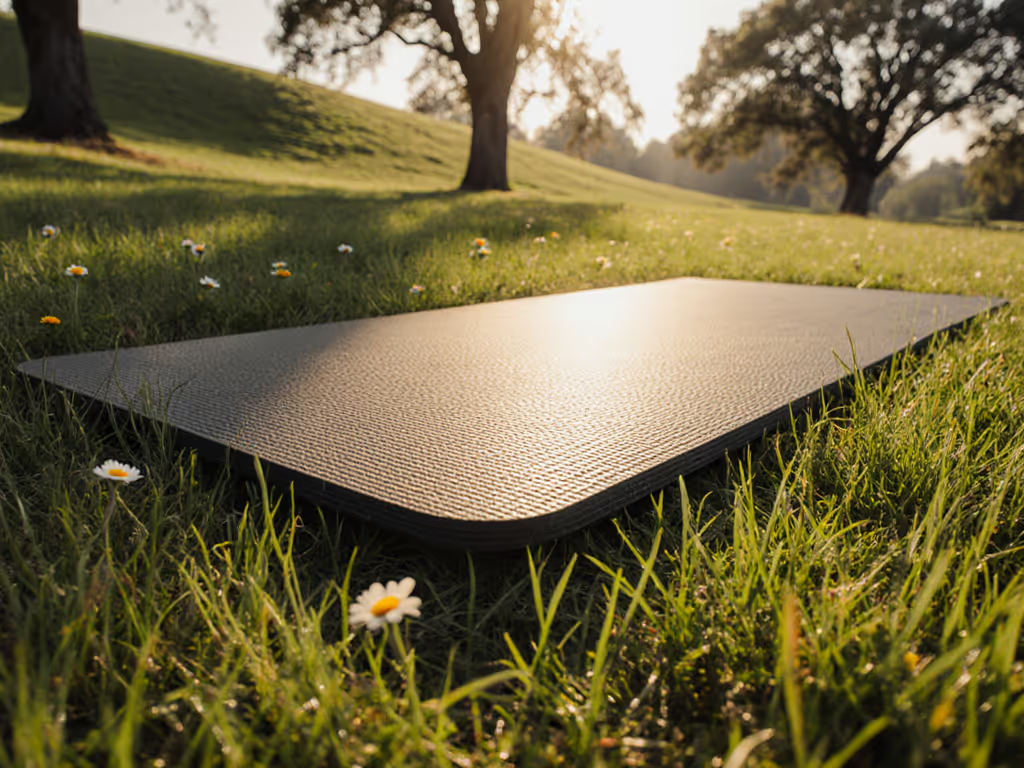
Climate-Tested Yoga Mats: Performance-Verified Grip
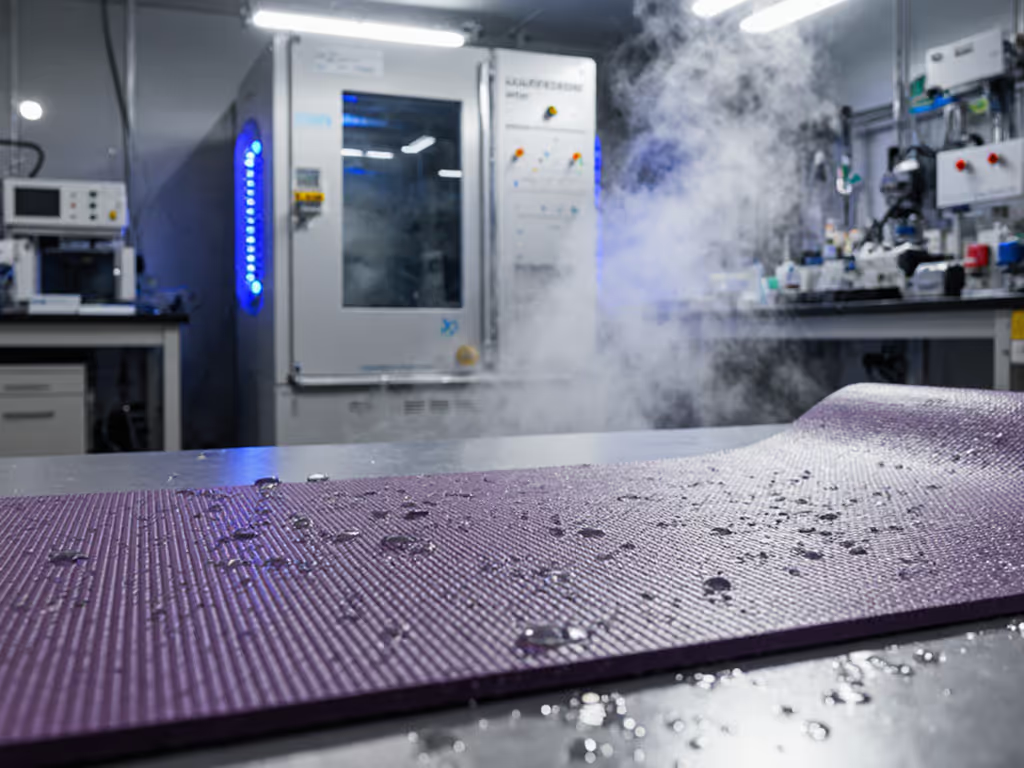
For evidence-driven practitioners, safe yoga mats require more than marketing claims (they demand quantifiable yoga mat climate performance under sweat, humidity, and temperature swings). Without lab-verified grip metrics and material integrity data, even premium mats can become injury risks in real-world conditions. Below, we dissect key questions using friction coefficients, durability cycles, and climate-simulation data (prioritizing numbers before narratives).
Why does my mat feel slick in humid heat or stiff in cold rooms?
Material chemistry dictates climate response. Natural rubber (e.g., jade trees) softens in heat but hardens below 50°F (10°C), while PVC turns slippery when sweat alters surface tension. For a deeper comparison of how PVC and natural rubber behave under sweat and temperature changes, read our PVC vs natural rubber guide. Testfakta's climate chamber analyses proved:
- Hot yoga surfaces: Microfiber/suede laminates (e.g., Liforme) absorb moisture, maintaining wet friction coefficients >0.8 vs. traditional PVC's <0.4[1]
- Cold fragility: TPE mats stiffen at lower temperatures, losing 30% compression rebound in 60°F (15°C) rooms[5]
- Humidity hysteresis: Rubber's grip fluctuates if humidity shifts mid-practice (proven by 14-day thermal aging at 70°C/50% RH)[1]
Verification step: Demand brands publish coefficient-of-friction (COF) ranges for wet/dry/cold states. Without these, thin yoga mat claims lack context.
What evidence confirms a mat won't slip during sweaty flows?
Grip isn't universal; it's flooring- and condition-specific. See our mat-floor compatibility guide to test grip on wood, tile, or carpet at home. Swerea IVF's standardized drag tests measure force (in Newtons) needed to move a 700g cork sled across:
| Surface Condition | Minimum Safe COF | Top Performers |
|---|---|---|
| Dry hardwood | ≥0.5 | Natural rubber (0.7) |
| Sweaty hands (saline-mist) | ≥0.6 | Cork-PU hybrids (0.9) |
| Wet tile | ≥0.8 | Microfiber (1.1) |
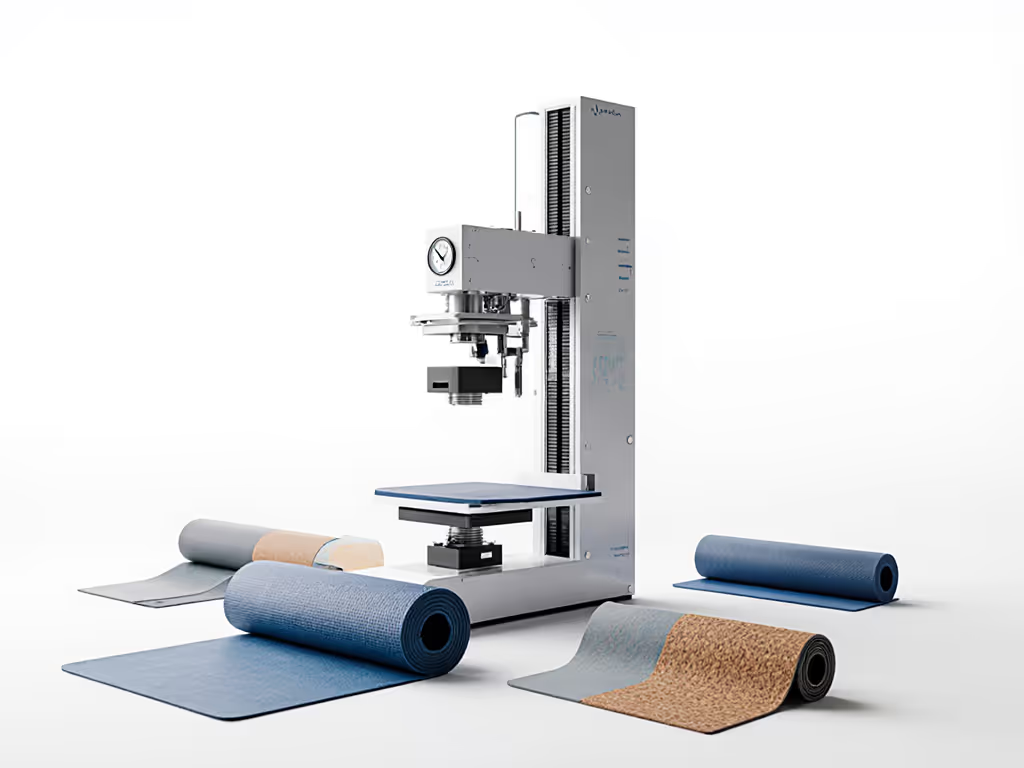
Jade Harmony's open-cell rubber scored 0.72 in wet tests (43% higher than average PVC)[1]. For studio floors, Manduka's eKO Lite uses a rippled texture to mechanically interlock with sweat, though its 4mm thickness sacrifices joint cushion[7]. If you want the science behind how textures create grip, explore our surface grip explainer.
Which materials balance eco-safety with all-climate resilience?
Trade-offs exist: plant-based rubbers degrade faster under UV exposure, while synthetics risk chemical leaching. To avoid marketing hype, use our checklist for spotting real eco-friendly mats. Third-party certifications cut through greenwashing:
- OEKO-TEX 100: Screens for 350+ toxins like phthalates (critical for cold weather yoga mats used indoors)[4]
- REACH: Mandates <0.1% restricted substances (e.g., Manduka's compliance for EU markets)[3]
- EPR content: Mats like Scoria's Terra blend 30% recycled rubber with virgin polymer for lower cold-cracking risk[6]
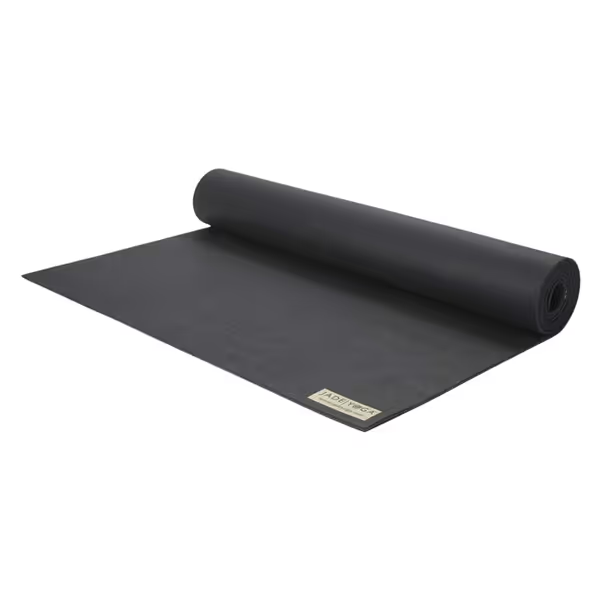
JadeYoga Harmony Yoga Mat
Avoid PVC entirely. It emits VOCs when heated and lacks recyclability. For humid climates, cork-topped mats (e.g., Yoloha) wick moisture while maintaining dry-like grip.
Does thickness guarantee joint protection without sacrificing stability?
Not universally. Under load, thin yoga mats (1.5-3 mm) compress minimally, aiding balance in arm balances, but transmit 80% more pressure to knees[5]. Meanwhile, 6mm+ mats dampen impact (critical for concrete floors) but increase roll-risk in side planks. Climate multiplies the effect:
- Heat: Thick PVC mats soften, losing torsional rigidity
- Cold: Thin rubber stiffens, reducing padding efficacy
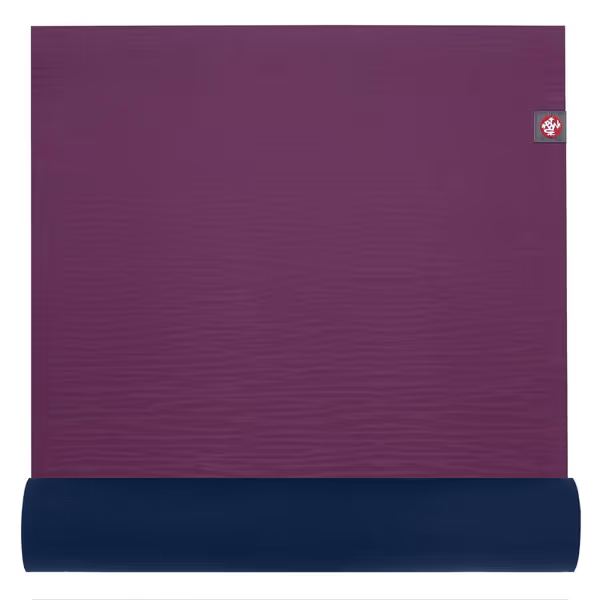
Manduka eKOLite Yoga Mat
Solution: Layer a 2mm travel mat over studio mats in cold rooms. For chronic wrist pain, select 5mm TPE with >25% rebound retention after 5,000 compression cycles[2].
What's the real cost-per-year when durability varies by climate?
Material longevity predicts value:
| Material | Hot/Humid Lifespan | Dry/Cold Lifespan | Failure Modes |
|---|---|---|---|
| Natural rubber | 2-3 years | 4-5 years | Edge cracking, UV brittleness |
| TPE | 1-2 years | 3-4 years | Permanent compression, tearing |
| PU-cork | 3+ years | 5+ years | Delamination, staining |
Manduka's eKO Lite, at $92, costs about $30 per year in humid zones but drops to $18 per year in mild climates. Jade Harmony's tree-planting program offsets its higher upfront cost (planting 2.5M+ trees since 2006)[9].
Actionable Next Step
Before buying, request:
- Friction data for your primary flooring (tile/carpet) under wet/dry conditions
- Accelerated aging reports simulating 6+ months in your climate
- Certifications (OEKO-TEX, REACH) proving low-VOC safety
Without these, climate performance is guesswork. Prioritize brands publishing test protocols (like those validating yoga mat climate performance through independent labs)[1][7].

